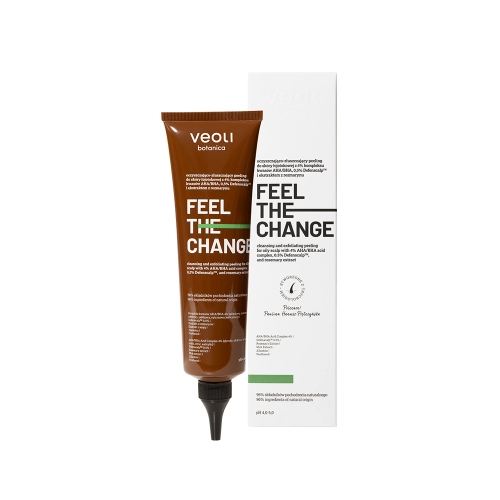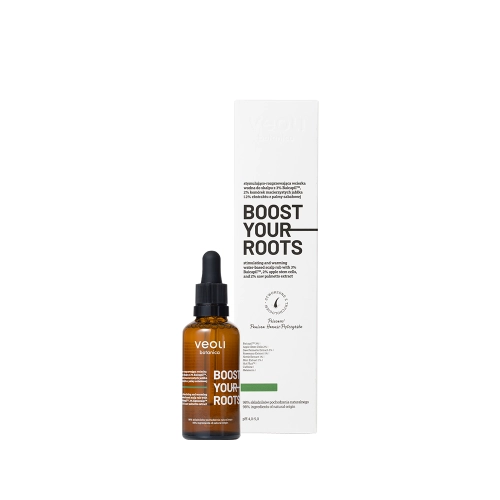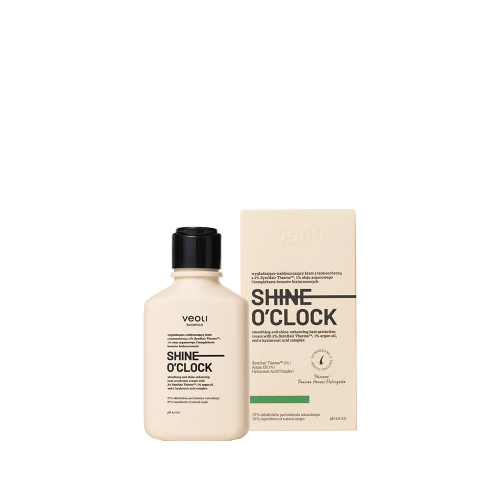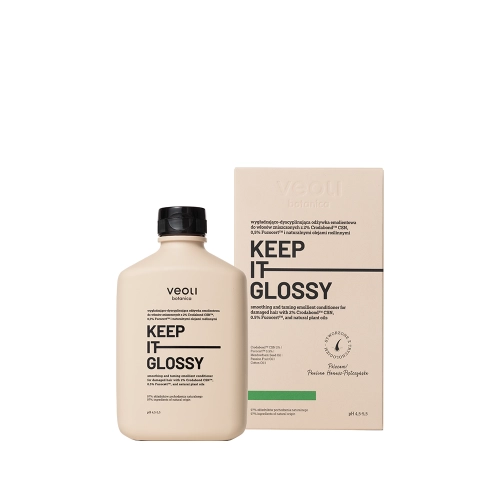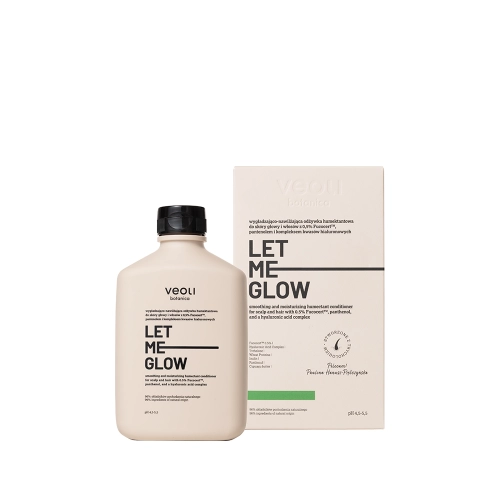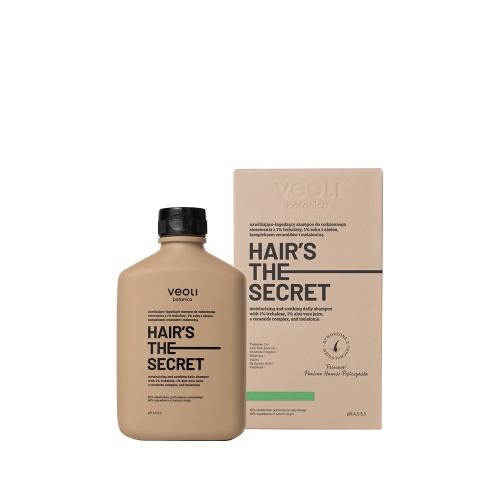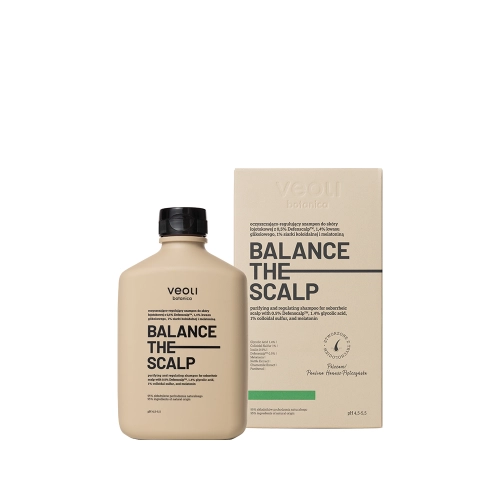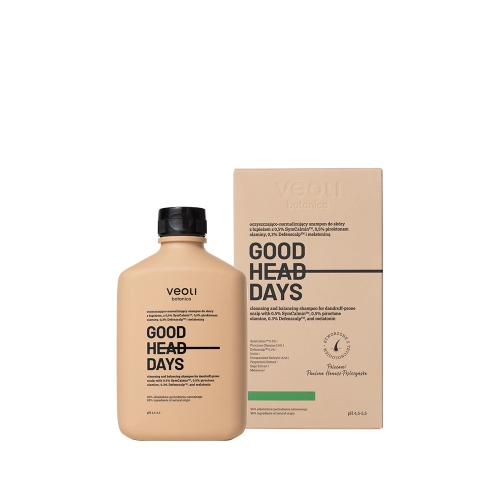A tan isn't everything... What else does the sun leave on your skin?

In the summer we eagerly enjoy the sun, wanting to enjoy the coveted tan, which we often treat as a sign of health and attractiveness. In fact, any skin contact with the sun is additional oxidative stress, which can lead to adverse consequences. Find out what happens to your skin when exposed to UV radiation, and why sun protection is the cornerstone of daily skin care.
Tanning – is it really healthy?
Contrary to popular belief, a tan is not a sign of health, but the skin's natural defense mechanism.
When the skin is exposed to ultraviolet radiation, melanocytes – That is, the cells responsible for pigment – begin to produce more melanin. This is a natural protective mechanism that helps protect the deeper layers of the skin from the sun's effects.
Melanin acts as a biological filter, absorbing some of the UV radiation and helping to protect the deeper layers of the skin from further damage. However, its presence is evidence that your skin has already been affected.
Melanin plays an important role in protecting the skin, but it is not a complete barrier – its presence shows that the skin has already begun to defend itself against the sun's rays.
It is also worth remembering that different skin phototypes have a different ability to produce melanin. Particularly vulnerable are those with a fair complexion (phototype I and II), whose ability to produce melanin is limited, which means that their skin is biologically less protected and gets burned faster.
Any contact with the sun is additional oxidative stress for the skin, and sun protection is part of preventive health care, not just a fad or aesthetic issue.
UVA vs. UVB – know your opponents
UV radiation is divided into two main types: UVA and UVB – although each works differently.
UVA radiation (320-400 nm)
- It accounts for as much as 95% of UV radiation reaching the Earth's surface.
- It penetrates into the dermis and has a destructive effect on the fibroblasts, which produce collagen and elastin, which can consequently lead to accelerated skin aging (wrinkles, sagging and loss of elasticity).
- It is present all year round – it reaches the skin even on cloudy days, as well as through windows (e.g. while driving).
- Causes oxidative stress and indirectly damages DNA.
UVB radiation (280-320 nm)
- It is responsible for the visible effects of tanning, namely erythema i sunburn.
- UVB intensity increases in summer, especially between 10:00 a.m. and 4:00 p.m.
How to protect your skin from the sun?
Photoprotection is not only an element of care, but above all health prevention. See how to effectively protect your skin.
SPF sunscreens
Use creams with SPF of at least 30, and preferably SPF 50 and apply them at a rate of 2 mg/cm² of skin. Don't forget to reapply during the day, every 2-3 hours and after every bath. Choose filters with uVA protection – designations PA++++, PPD ≥ 20 or UVA sign in a circle (EU standard). Ideally, start each day with an application broad-spectrum lightweight anti-photo-aging moisturizing and soothing cream SPF 50+, UVA, UVB, PA++++, HEV/IR BUT FIRST, SUNSCREEN.
Physical security
Wear fabric clothing UPF, baseball caps or hats, and sunglasses with a UV-400 filter – especially during peak sunlight hours.
Antioxidants in care
Active ingredients such as vitamin C and phytic acid neutralize free radicals and strengthen the skin's natural protection.
You'll find them at their best in our specialty cheeses:
- Brightening and calming water-gel serum with ascorbyl glucoside 10% and troxerutin 1% C THE GLOW – For vascular, sensitive skin and skin affected by rosacea.
- Brightening and nourishing emulsion serum with ascorbyl tetraisopalmitate 5% and troxerutin 1% ELIXIR OF YOUTH – for mature skin and skin in need of nourishment.
- Brightening and soothing water-gel serum with ethylated ascorbic acid 10% and EGCG 0.5% GODDESS SKIN – for skin prone to hyperpigmentation.
- Antioxidant brightening concentrate with ultra-stable vitamin C 15% GOOD TO C YOU – For dry, oily, combination, as well as sensitive skin. Dedicated to skin with hyperpigmentation, tired, dull and acne-prone skin.
- Skin discolouration serum with Niacinamide and vitamin C FOCUS PIGMENTATION ESSENCE – Ideal for skin with post-sun, acne and hormonal blemishes, oily skin and enlarged pores.
Regeneration
Regardless of the time spent in the sun, after each exposure, use cosmetics with substances that soothe and rebuild the epidermal barrier.
Trust products rich in active ingredients, i.e. ceramides and hyaluronic acid:
- Moisturizing and rebuilding tonic with ceramides and hyaluronic acid BUILD ME UP with a milky formula is suitable for sensitive and dry skin. Ceramide complex strengthens the hydrolipid barrier, protecting the skin from moisture loss and external factors.
- Hydrating and repairing multi-molecular facial serum with hyaluronic acid complex 15%, trehalose 3%, ceramide complex 2% and vitamin B12 HYDRA RECOVERY EXPERT is suitable for all skin types – dry, normal, combination and oily. Provides hydration from the skin's surface to its deeper layers, effectively rebuilds the damaged protective barrier, and restores a healthy glow, reducing grayness and fatigue.
- Regenerating and rebuilding cream with NP, AP and EOP ceramides, cholesterol and fatty acids CERAMIDE SKIN BARRIER will be an excellent choice for dry, sensitive, dehydrated, irritated and acne-prone skin. Provides restoration, hydration and protection of the hydrolipid barrier, as well as rapid soothing of skin, redness and irritation after the first use.
A tan is a warning sign
What we have perceived so far as a beautiful tan is actually a a defensive reaction of the skin. Every exposure to the sun, even the shortest, leaves a mark – invisible today, noticeable in a few years' time.
Therefore, remember that it is worth use sun protection every day, regardless of season and location. Photoprotection is the basis of long-term skin care.
Don't forget: BUT FIRST, SUNSCREEN is your daily shield against photo-aging.
Substantive editing: Katarzyna Leoniak
Certified Cosmetologist
Skincare Expert
konsultacje@veolibotanica.pl
